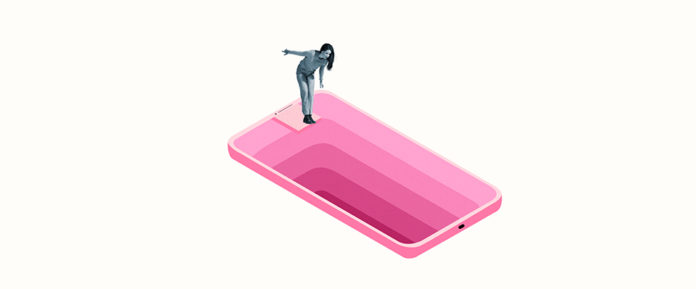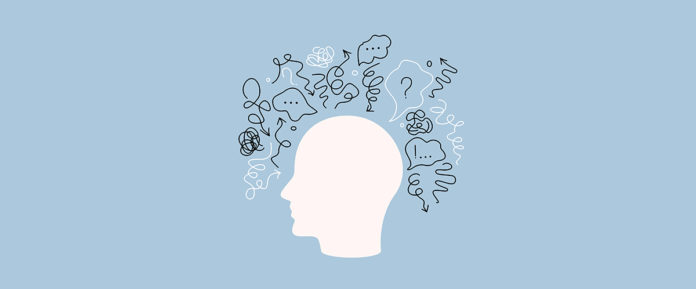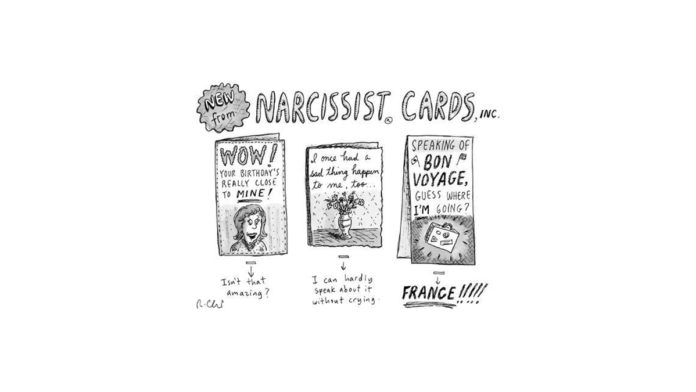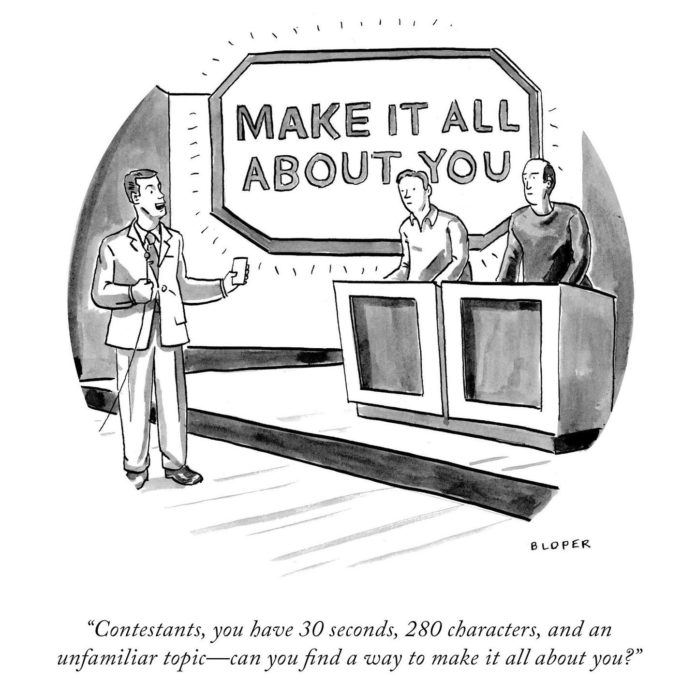When you scroll less, you live more.
“Chill out. It’s not realistic to expect to be invited to everything.” These words of wisdom were not from a sage but from my 14-year-old daughter in response to my concern about her not being included in a classmate’s birthday party. She was find with it. I was the one feeling the sting of exclusion. I had FOMO on her behalf.
Fear of Missing Out (FOMO) is defined by researchers (yes, this is a genuine research topic) as “the pervasive apprehension that others might be having rewarding experiences from which one is absent.” Of course, there is nothing new about the concept—our ancestors didn’t like feeling left out either—but the advent of social networking apps like Instagram, Facebook, Snapchat and TikTok provide constant reminders of where everyone else is and where we’re not.
FOMO is soul-crushing and leaves us feeling unworthy, unwanted, and unloved. Not surprisingly, FOMO has been associated with increased stress experienced while using social media, with social networking addiction, the use of mobile phones while driving, decreased self-esteem, college maladjustment, poor sleep, and a range of other negative outcomes. It is characterized by the desire to stay continually connected with what others are doing.
Just how badly does FOMO make us feel? Andrew K. Przybylski of the University of Essex and collaborators created a Fear of Missing Out Scale consisting of 10 items scored on a scale of 1 (not at all true of me) to 5 (extremely true of me). Items included statements such as “I get anxious when I don’t know what my friends are up to,” “Sometimes, I wonder if I spend too much time keeping up with what is going on,” and “I fear others have more rewarding experiences than me.” The higher the score, the higher the distress.
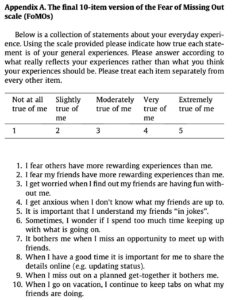
“Motivational, emotional, and behavioral correlates of fear of missing out”
The more FOMO we feel, the more likely we are to turn to social media. The more we check social media, the worse we feel. It’s a vicious cycle of yearning for inclusion yet constantly feeling left out. Even the most socially confident aren’t immune. Lizzo captured the distressing feeling of FOMO in a relatable Instagram post: “Everything feels like rejection … it feels like the whole world be ghostin’ me sometimes.”
If logging off forever isn’t a realistic option, research offers a less radical approach. A study from the University of Pennsylvania entitled No More FOMO: Limiting Social Media Decreases Loneliness and Depression found that dialing down social media use to 30 minutes a day produced “significant improvement in well-being.” Participants felt less anxious, less depressed, less lonely, and less FOMO.
Here is one graph from the study depicting the decrease in loneliness people experienced when they limited their social media use:
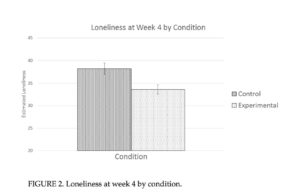
Here is another one showing the reduction in symptoms of depression:
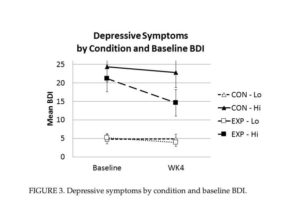
“When you’re not busy getting sucked into the clickbait social media, you’re actually spending more time on things that are more likely to make you feel better about your life,” explained researcher Melissa G. Hunt. Simply put, less time spent on social media means less time comparing oneself to others and more time connecting with friends and doing other things.
Bottom line: Don’t let the fear of missing out take you away from what gives your life meaning. Take a break. Put your phone down. Look up. The #nomakeup selfies, cat videos, and gender reveals will be there when you pick it back up.
When you scroll less, you live more.
I wish you all the best,
Dr. Samantha Boardman

